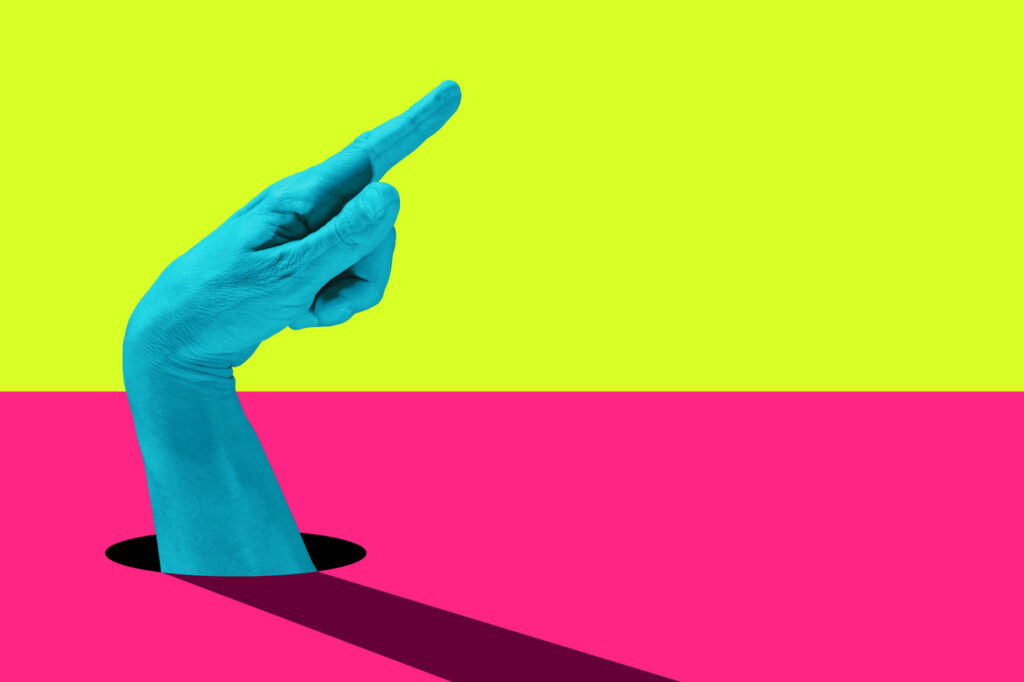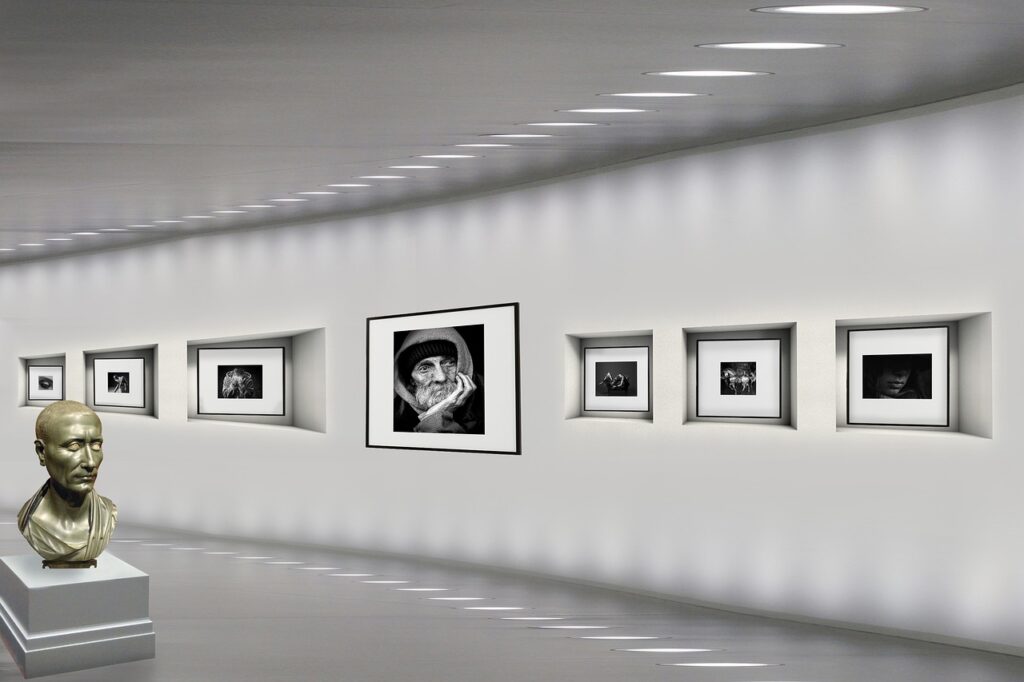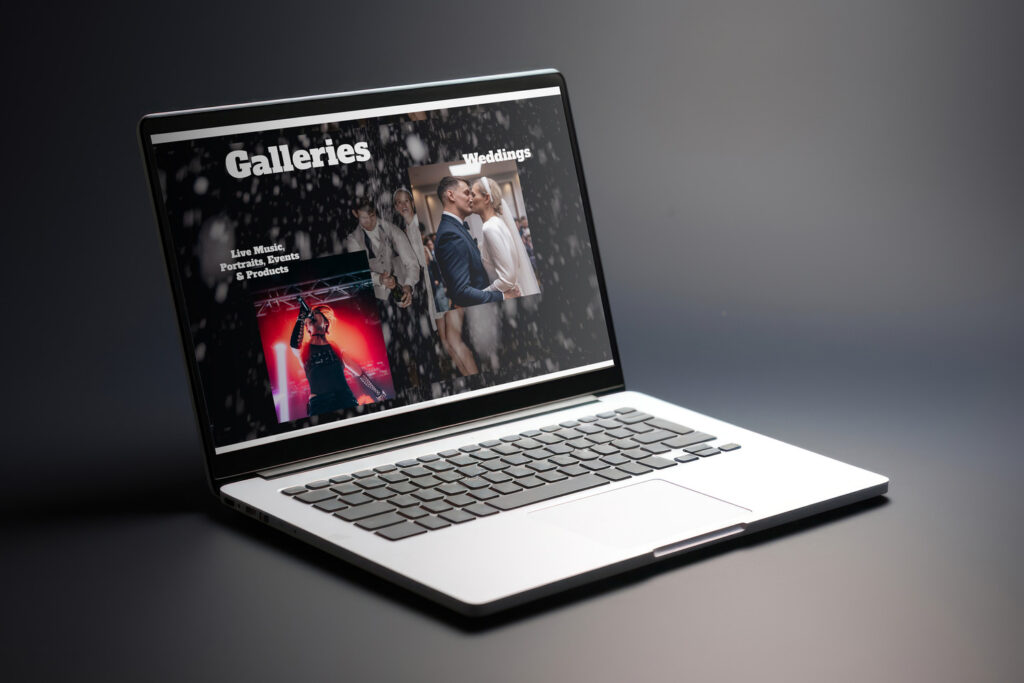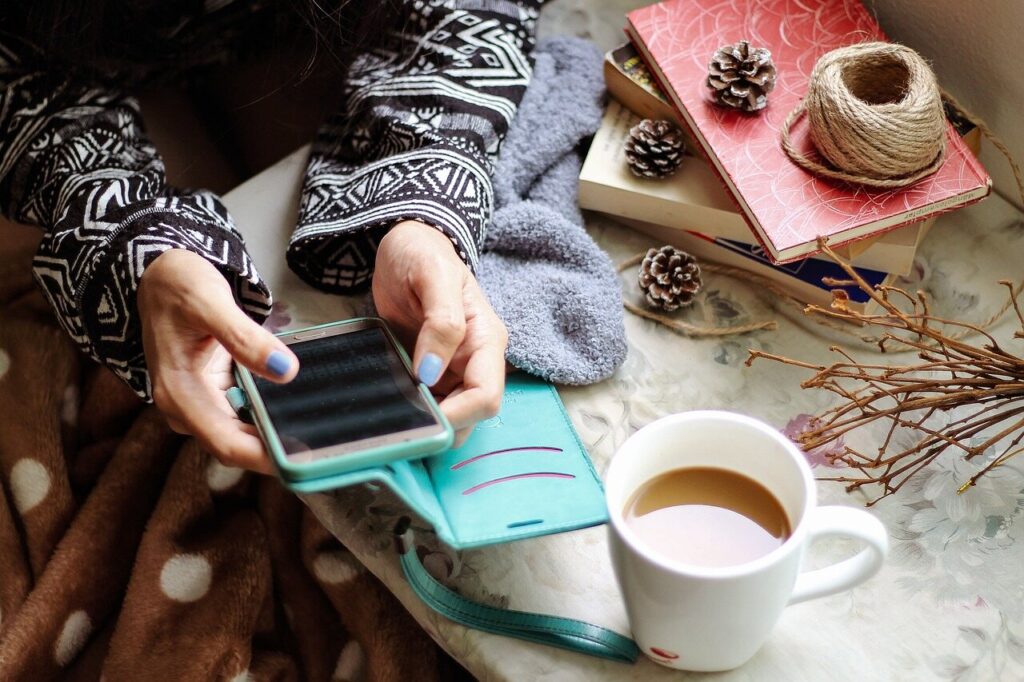SEO for Artists: Techniques to Drive Traffic And Grow Online
Have you heard about SEO for artists or general SEO and wondered how it could benefit you and your website? This blog article is here to explain. Did you know that over 80% of art buyers start their search online? SEO can help you connect with them.
As a web designer and search marketing specialist, I know first-hand that when using SEO for artists or for any creative industry, it can offer a top way to jumpstart your online presence, ensuring your work finds its audience amid all the noise out there.
By using targeted keywords, building high-quality backlinks, and creating new and worthy content, your art can potentially capture a wider audience and increase your brand and art awareness. After all, what is the point of having a great-looking website that displays your work perfectly, if no one can find it organically? (more on what this means below!)
What is SEO for Artists?
SEO, or search engine optimisation, is about working on your website and ‘tidying’ it up for Google to find and serve it easier and more importantly, your potential audience or customers will. It’s the bits people read or see and also the things that they don’t, the more backroom time-consuming but worthwhile side of building a website.
It’s this process of enhancing your online presence, through strategic design, keyword or keyphrase usage and properly targeted content, that ensures your dream customers actually find your website by helping it jump up the search engine rankings.
This is done ‘organically’. What I mean by this is that you aren’t specifically signposting people to your website through your social media or you aren’t paying for those sponsored ads. What you are doing is ‘optimising’ your website so that when your ideal customer types in that keyword or phrase, your work shows up high in the search results. I.e. when someone searches for a phrase like ‘local artists work near me’, I want your website to be on the first page, meaning more people will see it and click on it, ultimately the aim is for them to purchase or enjoy your work.
Think of it as a gallery where each tag, description, and link acts as a spotlight, drawing potential admirers to your work. Your online gallery gets more eyes on it by mastering SEO. Not only that but mastering SEO also builds a loyal audience who genuinely appreciates your work. All these tags, descriptions and content are written with your audience in mind and so, you find your people.

Unique Challenges for Artists Online
So what challenges do artists face online? The difficulty could be portraying your art in its best light and really showcasing your work appropriately. It’s not just about putting your pictures up but it’s also about highlighting your artistic process, individually and showcasing you too. A way you can do this is through web design for artists. I wrote a blog on this, have a read if you are interested in learning more.
Online platforms, especially social media, can be demanding for artists if you would rather focus on creating their art than constantly feeding the content machine. Let’s face it, most businesses feel like this too, I know I do at times. However, it is important to stay on top of your marketing consistently and also choose the right platforms. There is little point in doing a TikTok dance video if your audience is more a sit-at-home with a book and a Bordeaux type of person.
There is a lot of online competition. Yep, I know this firsthand too. It’s hard to break away from everyone else out there, stand out and show up first online. This is where optimising your website for search (SEO) can really help artists too. It’s a no-brainer!
Finding that sweet spot between keeping your art authentic and doing right by SEO and search marketing is tricky, especially with trends and algorithm changes. If you think smartly and strategically you won’t just get found, you’ll stand out for the long term.
Benefits of SEO for Artists
SEO helps artists significantly increase their online presence and reach a broader audience. It’s as simple as that. I don’t build any websites now without SEO, it’s that impactful. So keeping it black and white, what exactly are the benefits? Let’s take a look:
- Enhanced Visibility: Optimisation techniques and skills can help your art appear in relevant search results, attracting potential admirers.
- Targeted Traffic: By optimising for specific keywords, you drive interested viewers directly to your portfolio. This means relevance. Using proper strategy means you are attracting people more likely to buy your art, so your people.
- Cost-Effective Marketing: Utilising SEO is a cost-effective way to market your art compared to paid advertising. Paid advertising is also temporary. As soon as you stop the ads, the boost to your visibility stops too.
- Increased Engagement: Higher visibility leads to more interactions with your art, building a more engaged community and increasing the likelihood of recommendations, repeat visitors & customers.
- Credibility and Trust: A strong online presence boosts your credibility and gradually builds trust with your audience. Google also recognises these signals and gives a lot of weight to credibility and trust when ranking your website in the search results.
In essence, strategic SEO ensures your artwork is seen by those most likely to appreciate it, support it and buy it. It’s not as random as you think!

Keyword Research for Artists
What are Keywords?
If you are taking a dive into SEO then you have probably heard a lot about keywords. So what even are keywords? As an SEO specialist, I prefer to say key phrases. These phrases are what someone would type into Google, or any other search engine to find an answer to their problem.
For example, let’s use my favourite thing…coffee. When in a new city, I usually type into Google ‘best coffee roasters near me’. That phrase is the keyword. There are obvious variations to this phrase to get the same result or for my same search intent. Like ‘best coffee shop near me’ or ‘top coffee Birmingham’ for example.
When applied to the art world, really mastering keyword research for your website is essential. It starts with understanding who is buying your art, or who it resonates with, so ultimately understanding your target audience.
Not only this, but understanding ‘search intent’ is also important. If we go back to my coffee example, then there is little point in me just searching with the word ‘coffee’, as the answers I would get back would be very broad and not specifically to do with me finding a nearby awesome coffee shop.
Researching and identifying what terms your potential buyers/fans (shall we say?) are searching for can empower you to create content more effectively in reaching your audience and a larger crowd too.
Consider focusing on keywords that hone in on your unique artistic style or niche area, to begin with, such as “abstract landscape paintings”. This specificity allows you to rank higher for specific searches, as the more broad terms such as ‘abstract paintings’ for example, are more competitive and therefore the competition is higher, making them harder to rank well for, as well as less specific to your potential clients’ search purpose.
This isn’t a one-and-done either, your strategy needs constant refining and monitoring to see what’s working and what is not. There is more on this below and how to find your keywords too.
Identifying Your Audience as an Artist
So how do you find out who your audience is and know what they are searching for? Well, the key to successful SEO for artists is knowing precisely that.
A great place to start is to have a look at your followers on your social media platforms, as well as those already on your website or who attend any exhibitions.
Use analytical tools such as Google Analytics and Google Search Console to gather info on your audience’s interests, ages, locations and purchasing behaviours.
When you have found this relevant information and utilise it correctly you can personalise the content on your website and social platforms to drive greater engagement and resonate with your audience better and therefore increase the likelihood of more recognition, visitors or purchases. Whatever your goal, SEO will most certainly help.
So how do you find the right keywords? Well, the next section in this article will help!

Finding the Right Keywords
Making your website (and therefore your art) stand out online is pretty darn crucial, wouldn’t you agree? Here’s a quick rundown of how to make that happen:
- Brainstorm Relevant Terms: Spend a decent amount of time reflecting on words and phrases your potential audience might use.
- Use Keyword Tools: Platforms like Google Keyword Planner and answer the public can reveal high-traffic keywords. These are also free.
- Check Competitors: Analyse the keywords used by similar artists to gain inspiration, this is usually done with paid tools.
- Consider ‘Long-Tail Keywords’: These are those more detailed and specific phrases I mentioned earlier. They are usually more niche but easier to rank for.
- Think About Search Intent: As mentioned previously, make sure the selected keywords align with what your audience is really searching for.
You need a strategy when doing keyword research, it’s critical in your website driving traffic and having positive results. Using this and effective use of social media combined is how your audience will find you and your art.
Strategic Keyword Usage
So you have found your keywords, brainstormed and researched what will benefit you. Now what do you actually do with them?
Strategic keyword usage is also very important. If I have learned anything whilst working with my SEO clients, it’s how to use keywords correctly and the benefits of strategic keyword use. To enhance your SEO as an artist, you should do the following:
- Adding Keywords in Titles: Make sure relevant keywords are included in your artwork titles and blog posts.
- Meta Descriptions: This is that little description under the title that tells you what the page is about. These should be succinct and contain your keyword to improve the chance of someone clicking on your website. Don’t write too much here, keep them short and snappy so the whole description shows in the search results.
- Image Alt Text: Including keywords in image descriptions to boost your content’s discoverability. But don’t just randomly put them in, make sure it all makes sense, as Google may see this as ‘keyword stuffing’ and can penalise your website.
- Content Creation: Write engaging, new and different articles or descriptions that naturally include your selected keywords.
- Internal Links: Use keywords in anchor texts (those clickable words to direct to new pages) to connect different pieces of content within your website.
Smart keyword placement isnt just about pleasing search engines, it helps your audience find and connect with your work, that’s ultimately more important. Using the right keywords makes your art more discoverable to potential buyers and fans. Nail this strategy, and you’ll boost your visibility while building a larger, more engaged following.
Optimising Your Online Portfolio
So, if you’re in the creative industry, why and how should you optimise your portfolio or gallery (or whatever you call it)? Well, strategy and optimisation are key here too. But don’t worry, it’s all about balance. You’ve got to keep your creativity front and centre because that’s what your visitors are drawn to and ultimately what they’re buying into. So, yes, optimise, but don’t let your artistic spark get lost in the process!
Again, engaging and compelling descriptive titles are important here, as is the use of keywords. Of course, there is a fine balance, as you certainly do not want to restrict your artistic expression either.
You want a great user experience, not too salesy or bland, but also resonate with search engine algorithms. This can take a lot of time, and I know it’s tough, especially when working with art deadlines or just your personal creative freedom but it can be such a powerful magnet for attracting curators, admirers, and buyers, as well as showcasing your unique artwork.
Website Portfolio Structure for SEO
So firstly, let’s take a look at what a well-structured portfolio should have and why it’s the cornerstone of effective SEO for artists:
- Clear Navigation: Keep this easy to understand and simple. Your website’s navigation is there to enhance user experience and ensure easy access to important pages. This ease of use should not be underestimated.
- Hierarchy: Set up a clear structure with main categories and subcategories. This helps not only your visitors but also Google understand your site, its context, and why it should show up in search results. A well-organised site makes it easier for both people and search engines to navigate and find what they’re looking for.
- URL Structure: Use descriptive and keyword-rich URLs for better indexing by search engines. Steer far away from long URL’s or ones containing dates and irrelevant symbols.
- Mobile-Friendly Design: Ensure your site is responsive and performs well on all devices. Google is a ‘mobile first’ search engine. More people search on mobile now than ever before.
- Fast Loading Speeds: Optimise images and minimise code to improve page load times. All, yes all of your images need proper optimisation for size and descriptions. Read more on this below!

Image Optimisation Best Practices
Optimising your images is key if you want your artwork to be seen online. Not only does it help your website run more smoothly, but it also helps improve your search engine ranking. Start by reducing file sizes without losing quality, slow-loading pages are a big no-no, with Google and with your visitors.
Also don’t overlook using the correct formats, like JPEGs for photos and PNGs for images with transparency. It’s also very important to give your image files short descriptive names, separated by a hyphen (1-5 words max) please ditch the “IMG_1234” nonsense, Google reads these to know what the picture is about!
Alt text is crucial too; it makes your images more accessible to people with visual impairments who use screen readers and helps search engines understand your content. A well-written alt text, with relevant keywords, can improve both accessibility and visibility.
Creating Engaging Content
Great content is a huge ranking factor! Creating content that grabs your audience’s attention is key to boosting your SEO, especially for artists. The more engaging your content, the longer visitors stay on your site, which is great for both your audience and your search rankings.
This not only reduces ‘bounce rates’, people x’ing out of your site and going elsewhere but also signals search engines that your content is valuable. Aim for a combination of natural personal text, high-quality images, and even videos that show off your art.
Think about telling the story behind your artwork. Sharing your creative processes and inspirations. This can build connections with your audience. Content that people relate to often means they will share it, this can boost your reach on social media and benefit your SEO. In the art world, telling a compelling story can be the key to getting more eyes on your social media accounts, website and therefore your work.
Building Backlinks and Networking As An Artist
Backlinks can be quite a specialist area of what we call ‘off-page’ SEO, i.e. it’s not directly on your website but helps your website. They are pretty important in Google thinking your website is credible, and authoritative in your subject area and therefore increasing your ranking credibility and chances of you showing up high in the search engines. This takes time to build and a lot of work to be done in the right way.
Backlinks are links from one website to another, helping to boost your website’s credibility and improve its search engine rankings. Quality and relevance are very important here and far outway quantity of links. To get these backlinks you must connect with communities related to your area of expertise, ie the art world. Featuring your website in articles, blog posts or resource lists is a great way to do this.
Importance of Backlinks
Backlinks are crucial for SEO, acting like votes of confidence from other websites to you and your website. These votes of confidence are seen as trust signals for Google to show your website more often and trust what you are saying, as an expert. For artists, quality backlinks from high-authority sources (like art magazines) can make your work more discoverable and increase traffic to your website. More valuable backlinks means your website and therefore your art becomes more visible to all. Focus on building genuine connections, and your visibility will rise.
Strategies for Building Backlinks as an Artist
So how do you actually gain these backlinks and valuable ‘SEO juice’? A combination of methods is the best way forward. Firstly aim for backlinks from reputable art blogs and online galleries, these platforms significantly enhance exposure. Engage with their content through comments, offer insightful contributions and genuinely provide value for them and they will do the same for you.
Secondly, use social media connections. Show your artwork within relevant groups and communities, people will then link to your work when you find individuals who really appreciate your creativity and want to share it.
Consistent efforts to build these links will not only boost your online visibility but also cement your reputation within the art world, driving traffic and sustained professional growth.
Networking Within the Art Community
While this article focuses on the online world, don’t forget that good ol’ face-to-face networking (yep, IRL) is still a powerhouse alongside your online profile. Collaborating with others not only boosts your SEO and links but also opens doors to cool opportunities for learning and promoting your work. Plus, it’s a two-way street – everyone benefits!
Whether you’re jumping into forums, joining social media groups, or showing at art events, building a community that genuinely vibes with your work is key. Keep the connections going regularly, offer helpful advice, and be real. Not only will this help drive your business forward, but it also adds some friendship and joy to your life.

Local SEO for Artists
So you have an idea of what SEO is but now what the beep is local SEO for artists!? Well, local SEO is a tool to assist artists, increase your visibility within specific geographical locations and attract local art enthusiasts. I find local SEO a great way of getting an initial boost to your website visitors.
Using those all-important keywords and adding in that local element, for example, ‘best contemporary artist in Birmingham’, you can effectively attract people in your nearby area to your artwork or exhibitions.
Importance of Local SEO
Local SEO magnifies your visibility extensively and often quite quickly (area-dependent). It’s these local searches that can lead to more in-person visitors and higher local engagement. This is a valuable opportunity to show and sell your work.
Do not underestimate the power of your local community either. Knowing you are local to your audience can make your artwork more relevant, accessible and create a local loyal fan base for that word-of-mouth promotion too.
So essentially, focusing on local SEO is like putting your art gallery on a bustling high street, except with no costly overheads!
Optimising for Local Search
So what do you need to do as an artist to focus on local SEO? Well firstly have a good long look at your Google Business profile and ensure this is fully optimised. As an SEO specialist that offers optimisation of your Google Business Profile (GBP), I find that this is often hugely overlooked. If you don’t have one, get one! They are free and you don’t need a shopfront anymore.
Keep this up-to-date with accurate information, including your address (if you have one), contact details, opening hours, and relevant pictures. Keep this consistent across all of your platforms too, this is very important for SEO. There is a facility to post on your profile, use it! You can promote your latest work, upcoming events, and exciting news to show you are alive and relevant and build some local interest too.
Did you know it’s also useful to use your keywords in your geotags, website content, blog posts, and social media? (Geotags are location tags added to photos or posts that show where they were taken, helping people find content from specific places). This can boost your ranking in local search results, making your art more discoverable to those nearby who are searching for creatives.
Final Thoughts On SEO For Artists
I hope this blog post has gone someway in letting you know what you should be doing to boost your website search rankings and optimise for search. For me, SEO for artists is a real no-brainer. A website needs to be optimised each and every time to really help your website and therefore business perform as it should. What is the point of having a website if no one actually can find it?
I can understand that it feels like a bit of a minefield building, owning and optimising your website. It’s true, it does take a lot of time and consistent effort, but if you are in your business for the long haul then it’s a real game changer.
I love what I do as a web designer and SEO specialist for artists and creatives, so if you need help with building a website or SEO for your current website, then I would love to chat! Click here for my website SEO services or here to get in touch to really start to see your online following grow!
If you are interested in reading more, then check out these articles:
Drop me a comment